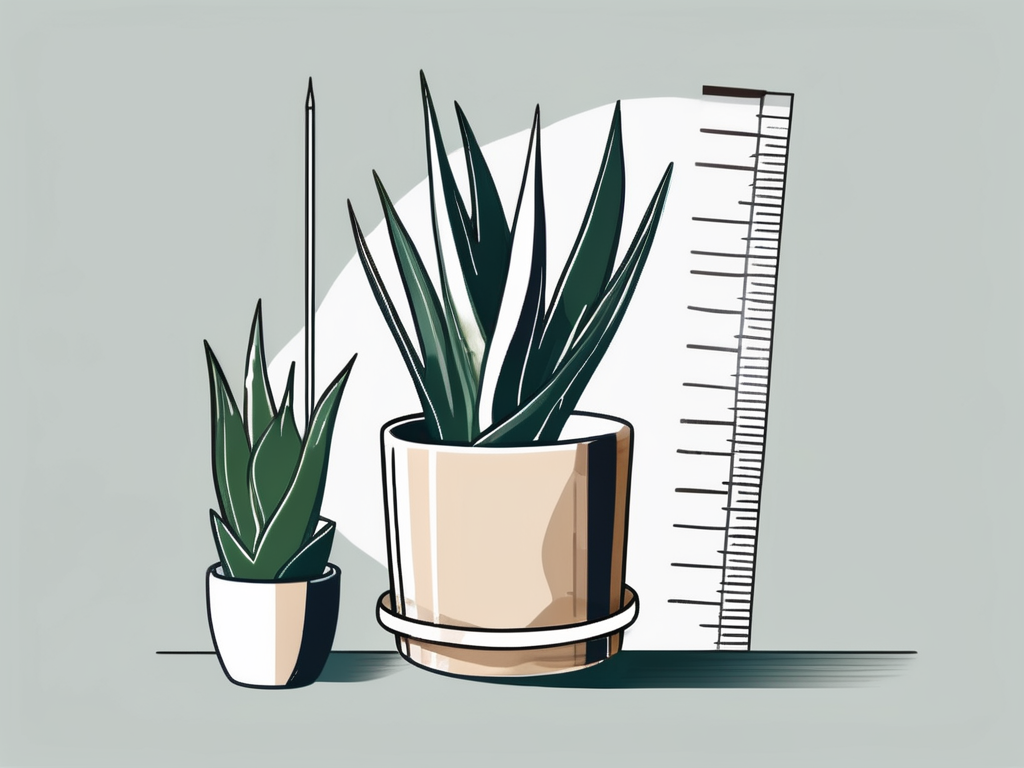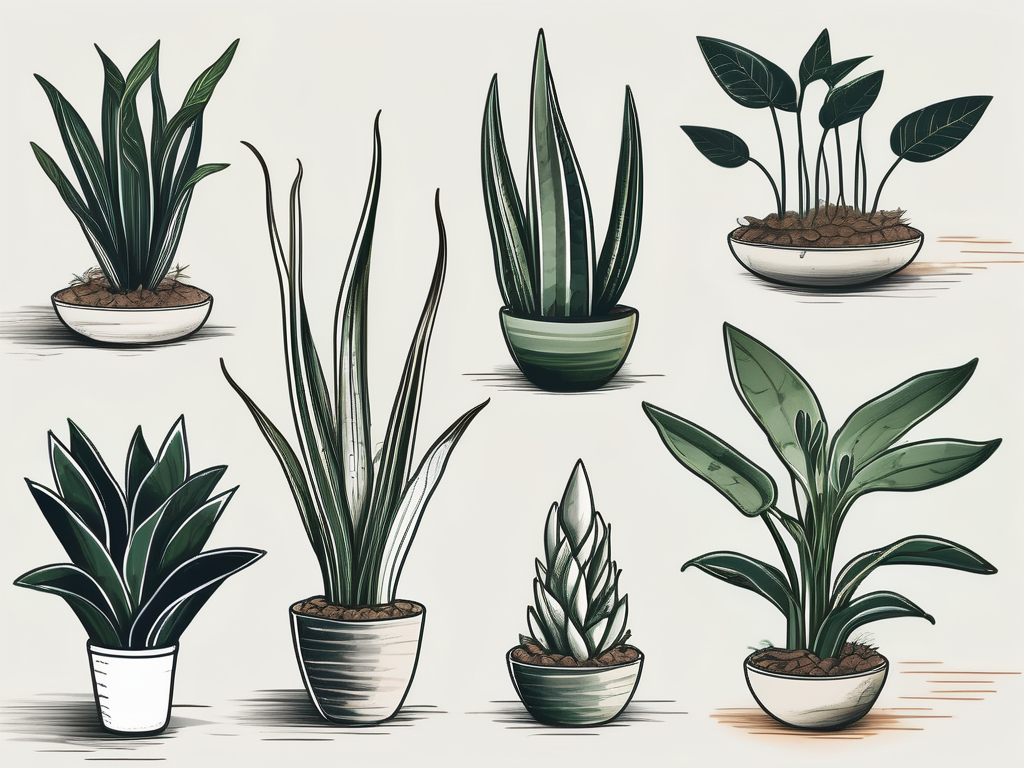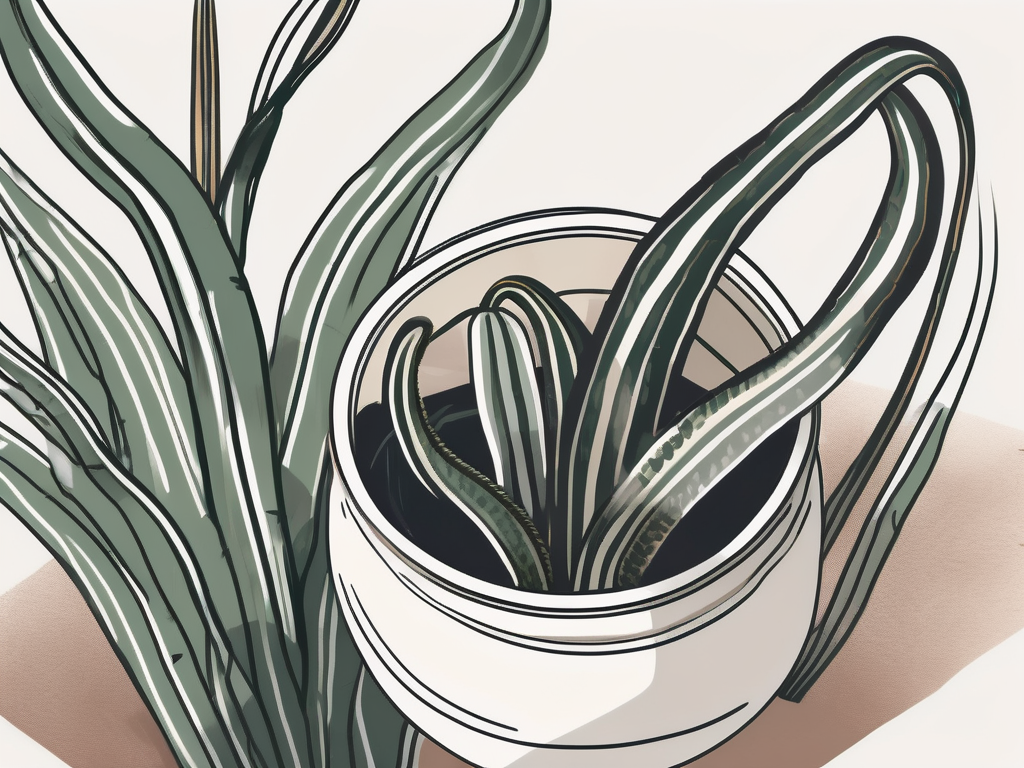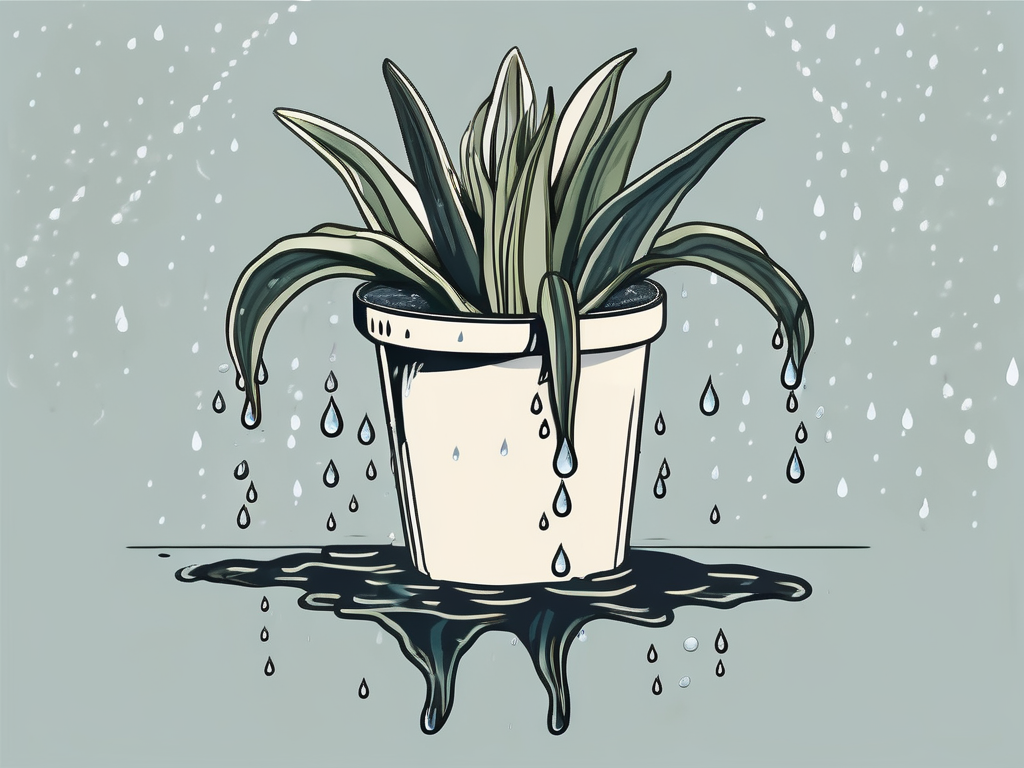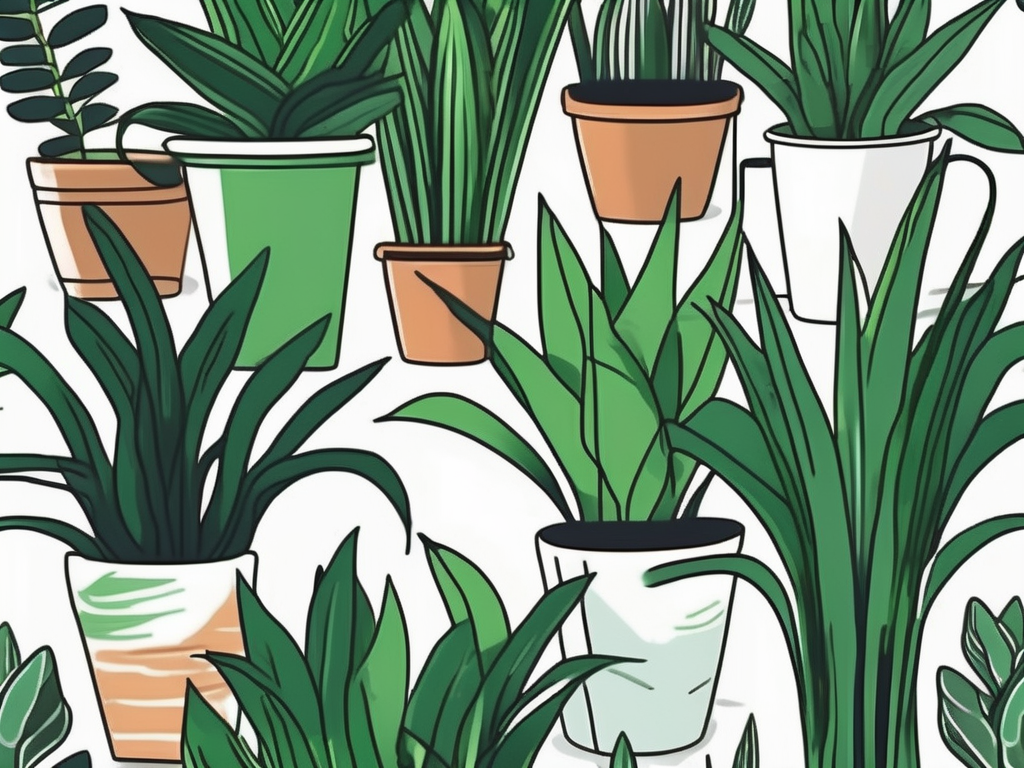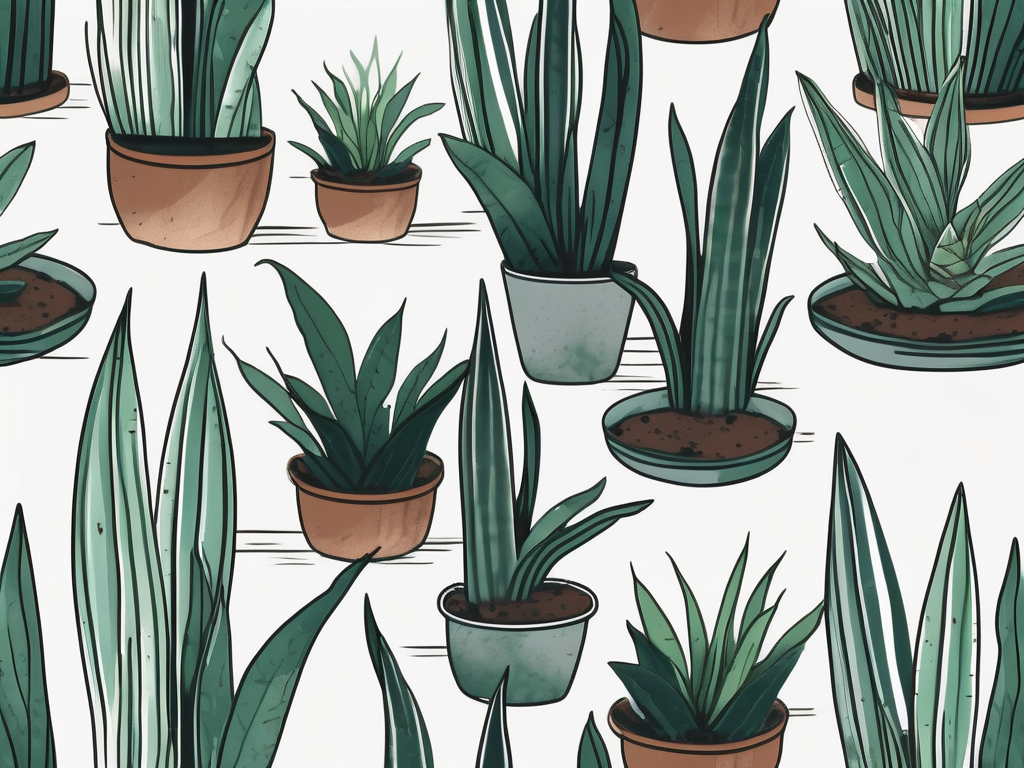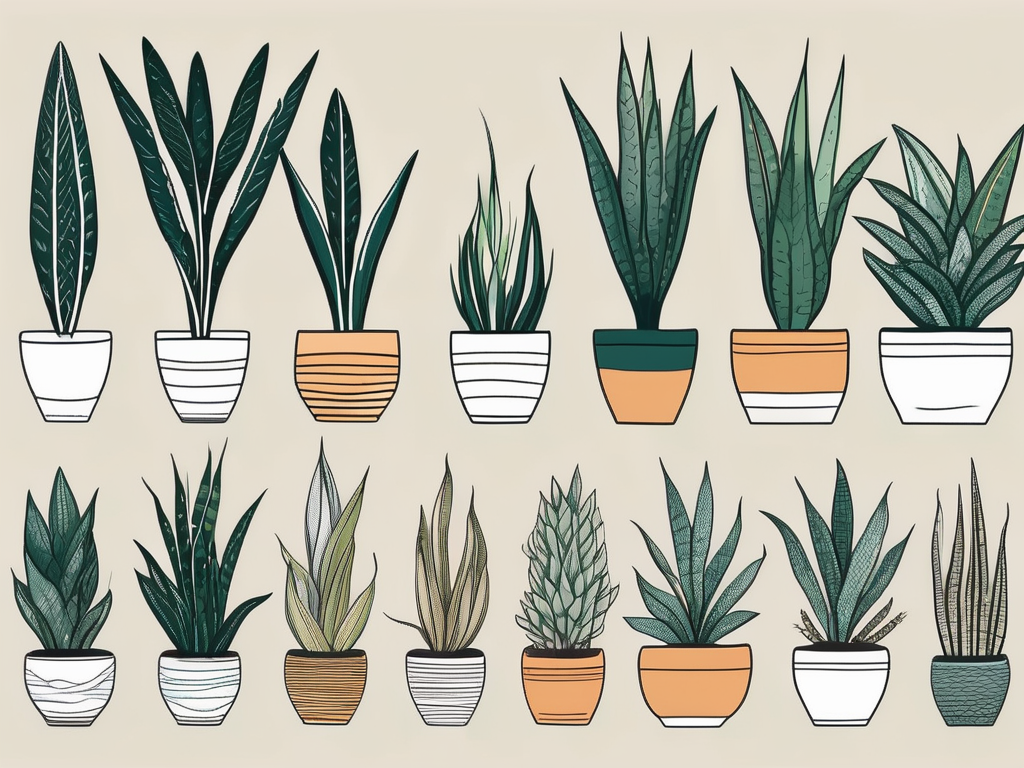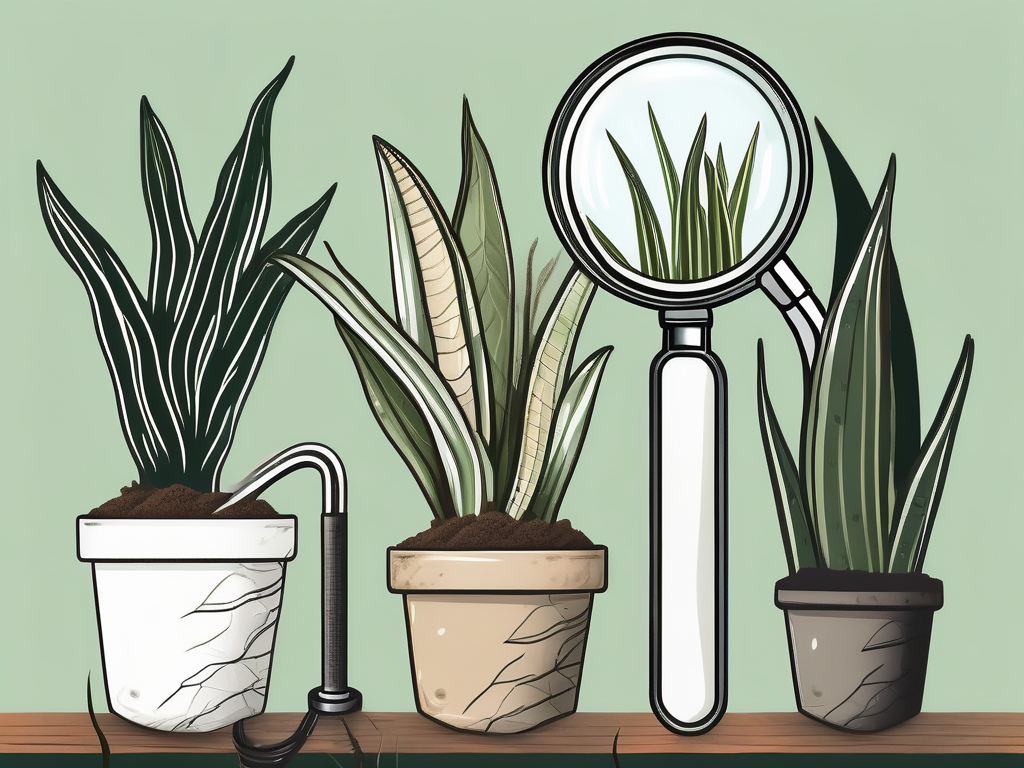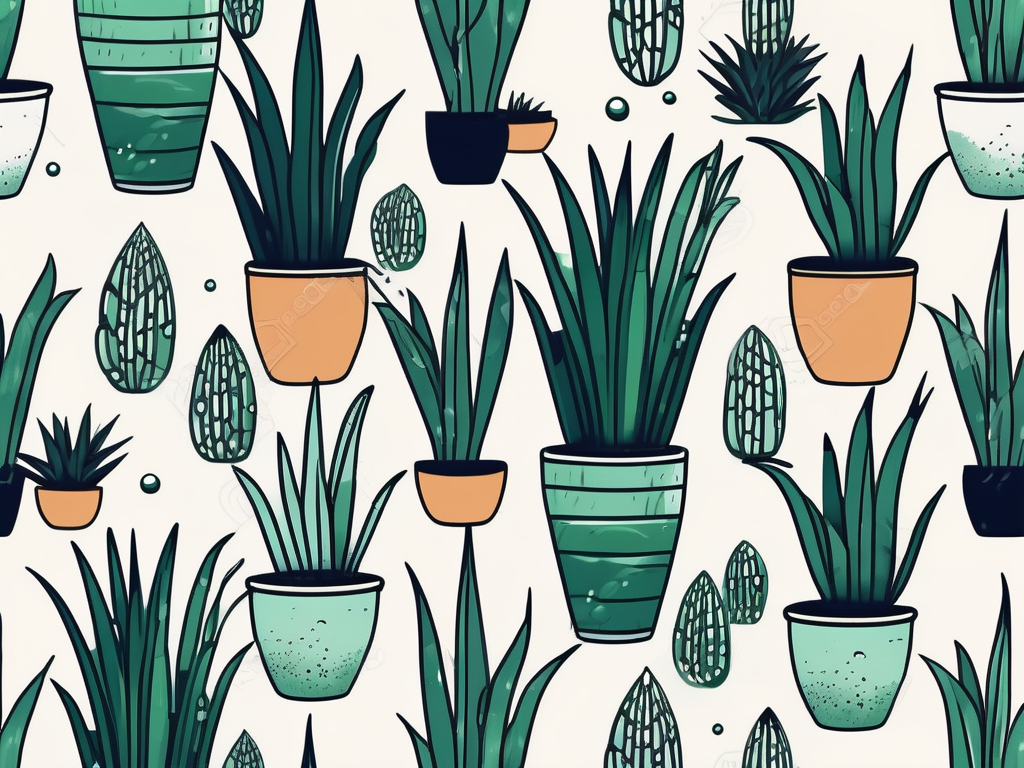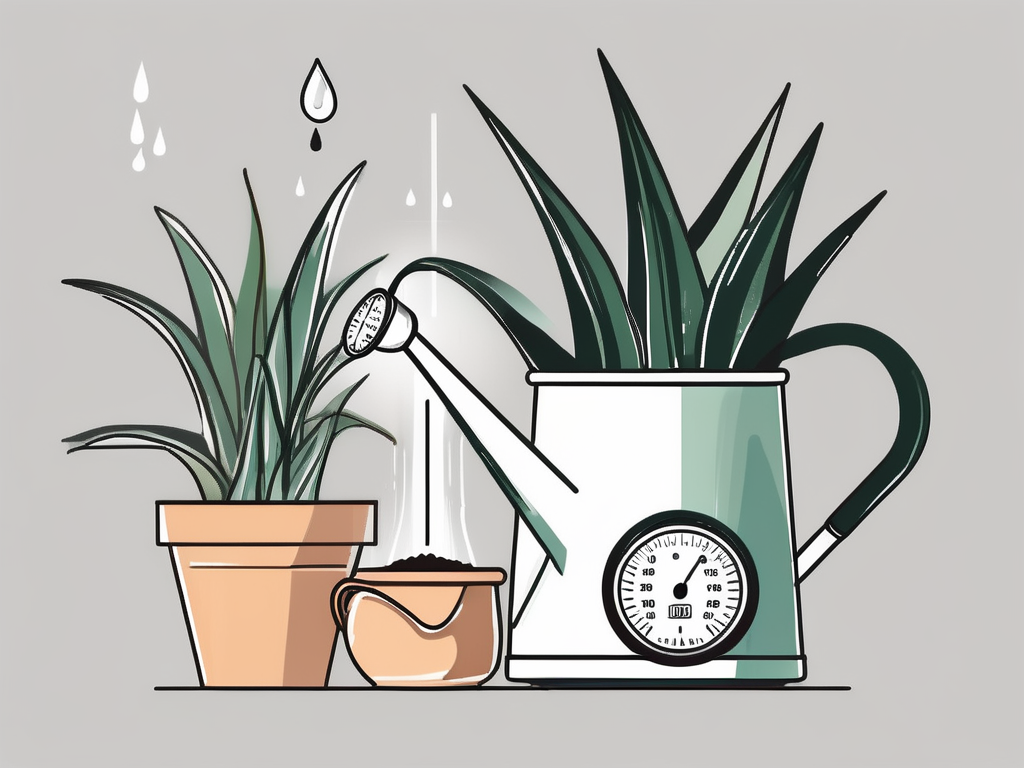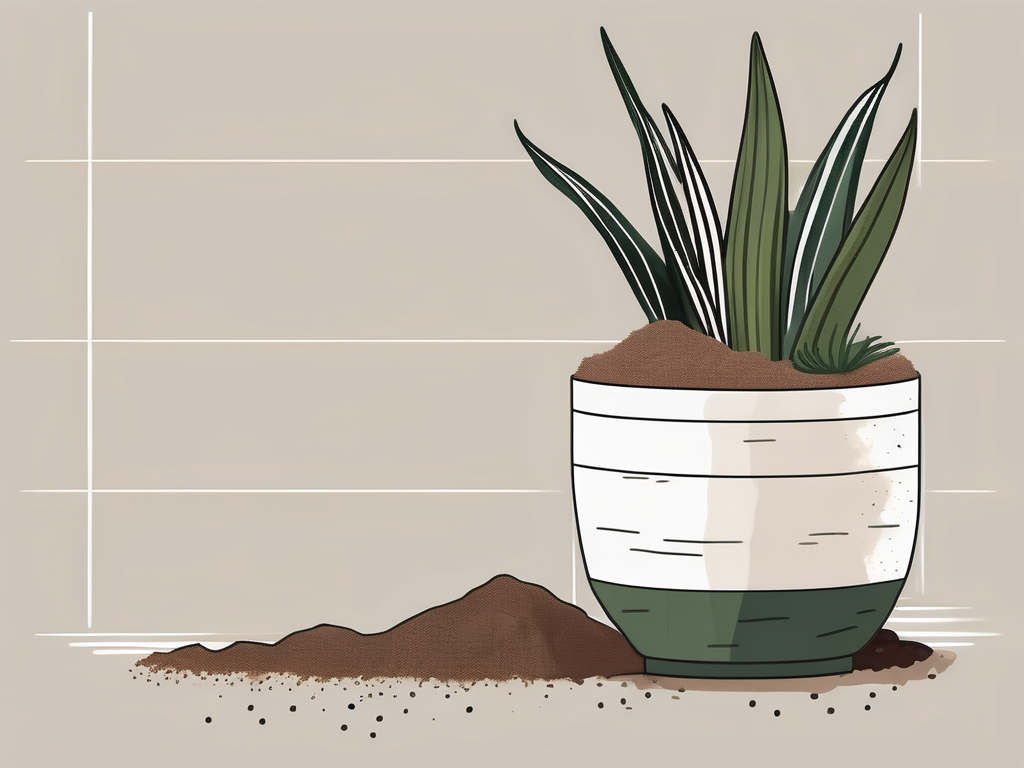
Snake plants, with their striking upright leaves and forgiving nature, are a beloved choice for plant lovers everywhere. But even the most resilient plants need a little TLC, particularly when it comes to their soil. Crafting the perfect soil mix can make all the difference in keeping your snake plant thriving.
In this article, we'll cover everything you need to know to create the ultimate soil recipe for your snake plant. From the ideal components and their benefits to step-by-step instructions on mixing and maintaining your soil, we've got you covered. Let's get started!
The Basics of Snake Plant Needs
Before we dig into the specifics of soil, let's talk about what makes snake plants tick. These hardy plants are native to arid regions of Africa, which means they've adapted to conditions that can be less than ideal for other houseplants. They’re known for their ability to survive in low light and with infrequent watering. However, this doesn't mean they can thrive in just any environment.
Snake plants prefer well-draining soil that allows their roots to breathe. This is crucial because it prevents root rot, a common issue when the soil retains too much moisture. Think of it as the plant’s way of holding its breath; they need oxygen just as much as they need water to flourish. By understanding this, you’re already halfway to providing the right environment for your snake plant.
Essential Soil Components
Now that we know what snake plants need, let's break down the components that will make up your soil mix. Each ingredient has a specific role, contributing to the overall health and happiness of your plant.
- Potting Soil: This forms the base of your mix. Choose a high-quality, organic potting soil as it contains essential nutrients and provides a balanced pH level.
- Perlite: Known for its aeration properties, perlite keeps the soil from becoming compacted, allowing roots to spread and access oxygen.
- Coarse Sand: Adding sand ensures excellent drainage, mimicking the natural environment of snake plants.
- Coconut Coir: This eco-friendly alternative to peat moss retains moisture without drowning the roots. It also helps keep the soil structure intact.
By combining these elements, you create a mix that meets the specific needs of your snake plant, setting it up for success from the ground up.
Step-by-Step Soil Mixing Instructions
Creating the perfect soil mix for your snake plant is a straightforward process, and it starts with gathering your materials. Once you have everything you need, follow these steps to concoct your snake plant’s new favorite home.
- Measure Your Ingredients: Start with a ratio of 2:1:1:1 for potting soil, perlite, coarse sand, and coconut coir. This ratio ensures a balanced mix of water retention and drainage.
- Mix Thoroughly: In a large container or bucket, combine all the ingredients. Use your hands or a garden trowel to mix them, ensuring an even distribution of all components.
- Test the Mixture: Grab a fistful of the soil mix and squeeze it. It should hold its shape momentarily but crumble easily when poked. This indicates that the soil has the right balance of moisture and air.
- Adjust if Necessary: If the soil feels too dense, add more perlite for aeration. If it’s too loose, consider mixing in a bit more coconut coir or potting soil to add structure.
And there you have it! Your snake plant is ready to be potted with its new soil blend, providing the perfect environment to thrive.
Potting Your Snake Plant
With your soil mix ready, it's time to pot your snake plant. This step is crucial for ensuring the plant adapts well to its new soil. Follow these simple steps to transfer your snake plant into its new pot.
- Choose the Right Pot: Select a pot with drainage holes to prevent water from collecting at the bottom. A pot that’s just slightly larger than the plant’s root ball is ideal.
- Prepare the Pot: Before adding soil, line the bottom of the pot with a thin layer of gravel or broken pottery pieces. This further aids drainage.
- Position the Plant: Place your snake plant in the center of the pot, holding it steady as you fill in around the roots with your soil mix. Be sure to leave some space at the top for watering.
- Water and Settle the Soil: After potting, water the plant lightly to help the soil settle around the roots. Avoid overwatering, as the soil mix is designed to retain just enough moisture.
Once potted, find a suitable spot for your snake plant where it can enjoy indirect sunlight. Now you can sit back and admire your handiwork!
Watering and Maintenance Tips
Even with the perfect soil mix, proper watering is key to maintaining a healthy snake plant. Here are some tips to ensure your plant gets the right amount of water.
- Check the Soil: Before watering, stick your finger into the soil about an inch deep. If it feels dry, it’s time to water. If it’s still moist, wait a few more days.
- Water Sparingly: Snake plants don’t need frequent watering. Aim to water every 2-4 weeks, depending on the humidity and temperature of your home.
- Avoid Waterlogging: Always empty the saucer under your pot to prevent water from sitting and causing root rot.
Remember, it’s always better to underwater than overwater when it comes to snake plants. They’re quite drought-tolerant and can bounce back from a little neglect.
Common Issues and Solutions
Every plant parent faces challenges, and snake plants are no exception. Here’s how to troubleshoot some common issues you might encounter.
- Yellowing Leaves: This often indicates overwatering. Allow the soil to dry out completely before watering again.
- Brown Tips: This could be due to low humidity or too much direct sunlight. Try moving your plant to a less sunny spot and increase ambient humidity if possible.
- Pests: Snake plants can attract pests like mealybugs or spider mites. Wipe affected leaves with a damp cloth and treat with insecticidal soap if necessary.
By keeping an eye on these signs, you can address issues early and keep your snake plant looking its best.
The Benefits of DIY Soil Mixes
Creating your own soil mix has several advantages over store-bought options. Here’s why going the DIY route can be beneficial for both you and your snake plant.
- Customization: Tailor your soil mix to suit your plant’s specific needs, adjusting ingredients for better drainage or moisture retention as required.
- Cost-Effective: Buying individual components in bulk can be cheaper in the long run than purchasing pre-mixed soils.
- Quality Control: You can ensure that only high-quality, organic materials are used in your mix, free from synthetic additives or fillers.
Plus, there’s a certain satisfaction in knowing you’ve crafted something that contributes to your plant’s well-being.
Enhancing Your Plant’s Environment
Now that you’ve mastered soil mixing, why stop there? Consider other ways to improve your snake plant’s environment for optimal growth.
- Lighting: Although snake plants tolerate low light, they thrive in bright, indirect light. Consider placing them near a window with filtered sunlight.
- Humidity: While not a major concern for snake plants, maintaining a moderate level of humidity can enhance their appearance. A humidifier or pebble tray can help during dry months.
- Temperature: Keep your plant in a stable environment, avoiding drafts or sudden temperature changes. They prefer temperatures between 60-80°F (15-27°C).
These small adjustments can make a big difference in your plant’s overall health and vitality.
Final Thoughts
Creating the ultimate snake plant soil recipe is a rewarding way to ensure your plant thrives. By understanding your plant’s needs and crafting a soil mix that provides excellent drainage and nourishment, you set the stage for a happy, healthy plant.
At Cafe Planta, we’re passionate about helping you grow your plant collection. Whether you’re looking for new plants or need advice on plant care, you can reach out to us via email or our Instagram. We believe plants bring people together, and we're excited to share our love of greenery with you.















